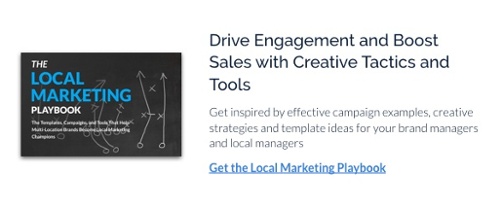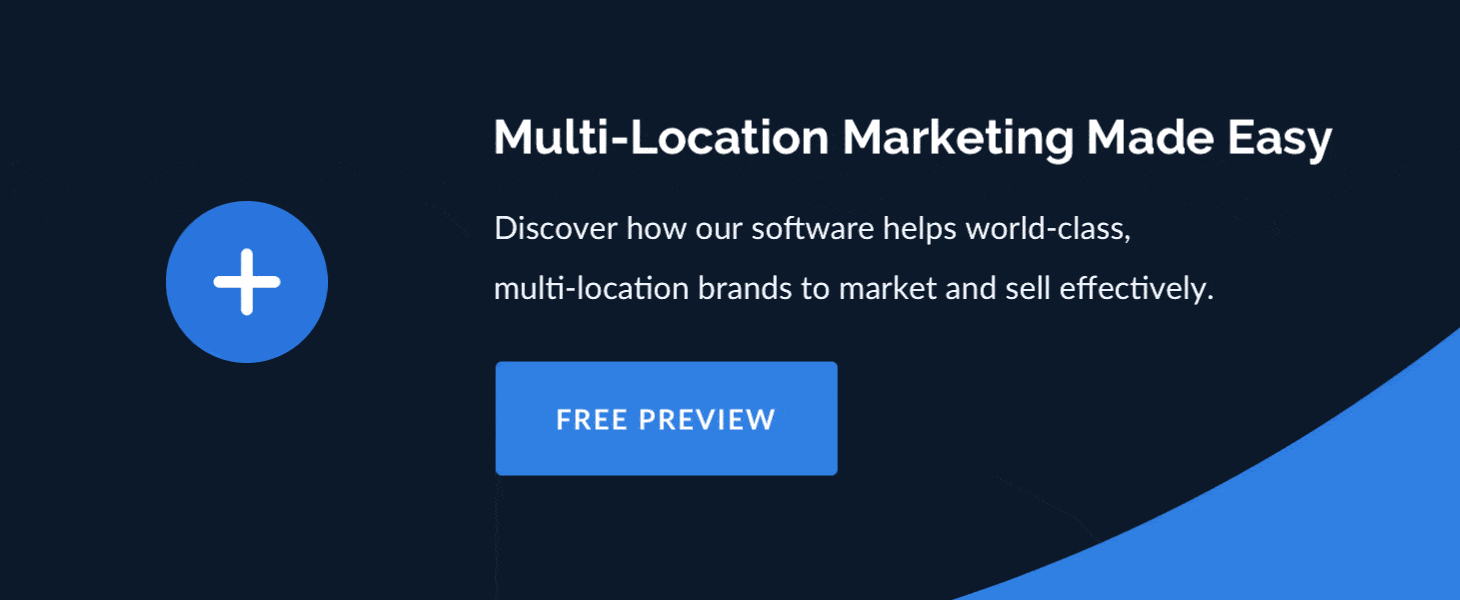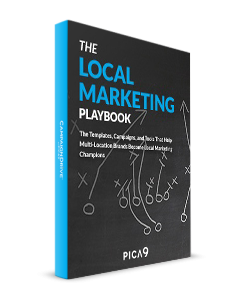Having worked with a range of healthcare systems—from 400 to 40,000 healthcare practitioners—we’ve identified a few “must-have” marketing support mechanisms.
Important note: these are systems designed for new patient acquisition, and so would sit outside the typical HIPAA-regulated patient communications tools.
4 Ways to Support Your Healthcare Local Marketing Strategy
- DAM: In the few precious minutes that your practice manager has to devote to marketing each day, the last thing you want is for them to be hunting fruitlessly for images to drive their digital or direct mail communication.
The next-to-last thing you want is for them to use images in violation of license or copyright protections, simply because they resorted to ostensibly “free” image collections on the web.
The answer to both the worst-case and worse-than-worst-case scenarios is to put a library of images at their fingertips, complete with the kinds of service-specific and marketing-specific pictures they need. That means you want a digital asset management (DAM) system that’s web-enabled and configured to meet your practitioners at their level of computer and creative skills.
This may sound like a relatively easy thing to do with free tools like DropBox and Box, but take care not to be pennywise and pound foolish in the process. Tools that are missing strong DAM features may cause your practitioners to give up on the tool, and to disengage even further from the brand. Instead, what you want is a tool that helps you place the most urgently needed assets at their fingertips, with an architecture and terminology that fits your business specifically.
Even more, you want your practitioners to be able, once they’ve found an asset, to put it to work instantly in marketing communications that they’re going to get in the market not much later. - Landing Pages: The marketing world has just about completed the transition from traditional to digital communications, with digital now representing the majority of outbound communications executions. As a brand, you can help your local practitioners to keep pace with this trend by giving them the ability to build landing pages specific to their local needs quickly, easily and without any technical skills.
Here again, you may be tempted to turn to consumer-level tools like Wix, or SquareSpace. But remember that brand consistency is an important factor in the effectiveness of local landing pages—and that’s probably going to be difficult to maintain with a consumer-level tool.
Instead, you should consider giving your users access to branded digital templates that give your local practitioners enough freedom to deliver their marketing message—within a brand framework that maintains the consistency you need. - Merchandise Stores: From baseball hats to coffee mugs, to hand sanitizers, medication dispensers, toothbrush cases and beyond, local health practitioners use all kinds of merchandise to connect with customers and elevate the visibility of their practices. It helps—a lot—to make the ordering process for these brand assets as close to “Amazon easy” as you can. And it helps to make this ordering tool a natural part of your larger marketing toolset—so practitioners don’t have to hunt when what they really want to do is order and buy.
- Configurable Approval Processes: As you know doubt no, local practitioners span a huge range of marketing skill levels—from absolute novice to accomplished pro. As you put together a support mechanism for them, you’ll want to make sure that the system gives you the ability to offer hands-on oversight for your “newbies”, and to give your expert marketers the freedom and efficiency they need.
Conclusion: Marketing Is Everything. And Everything Is Marketing.
This is a message that the marketing guru, Regis McKenna, shared with all of his iconic brand customers. But it’s just as true for your local practitioners as it is for enterprise brands. If you can anticipate the most common marketing needs, and put them at practitioner's fingertips in a single environment, you’ll keep them on brand—and on financial plan—with lower costs and fewer headaches than ever before.



